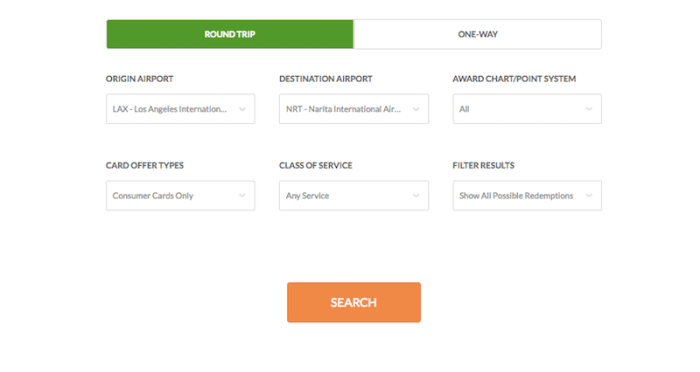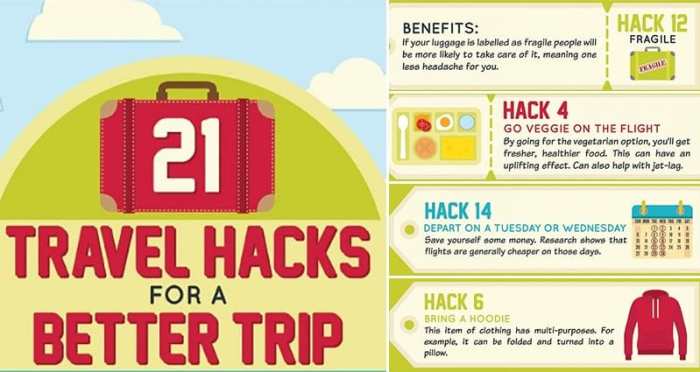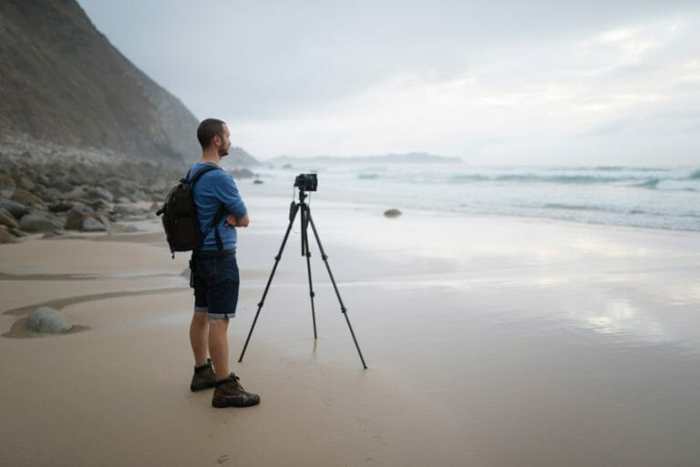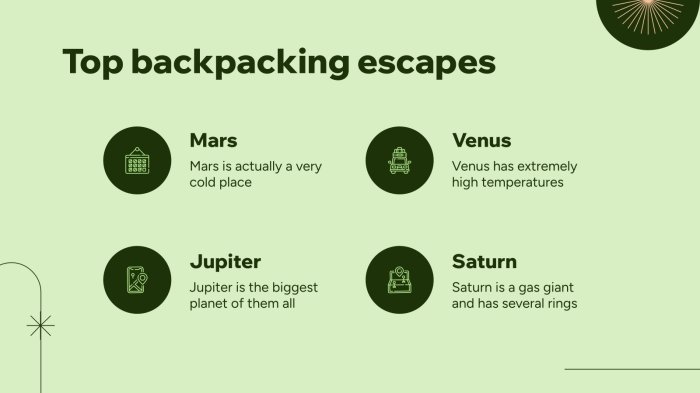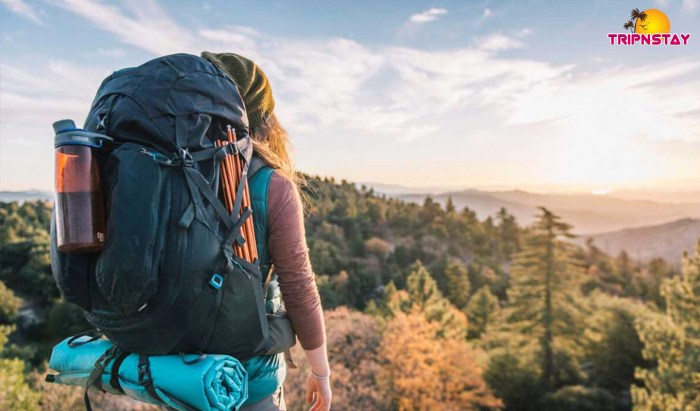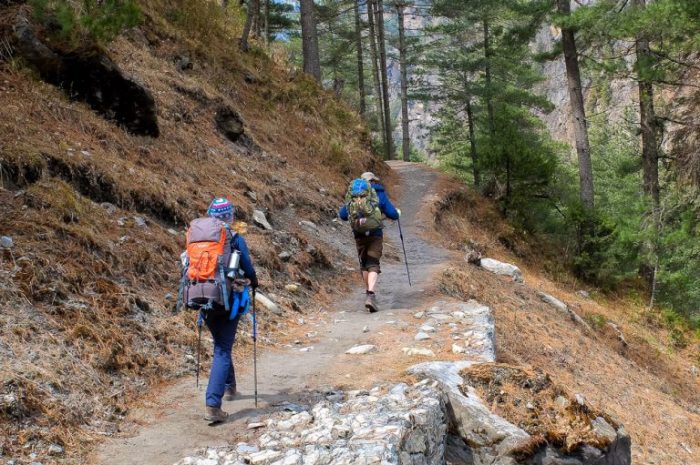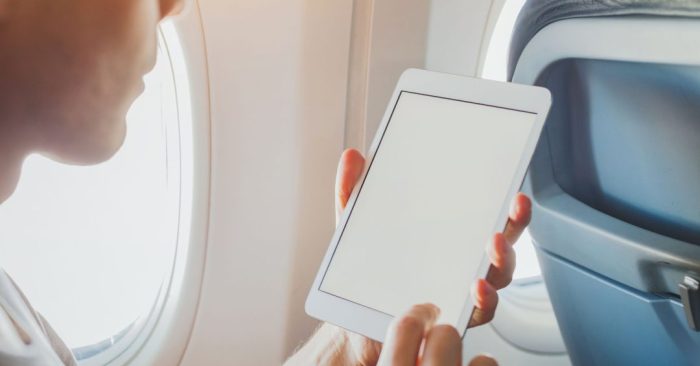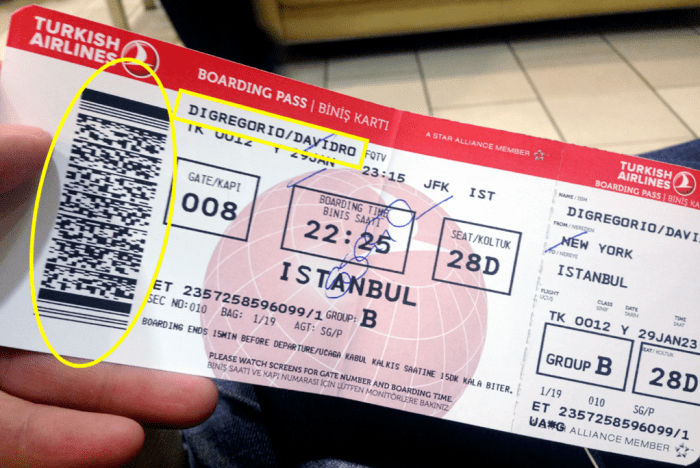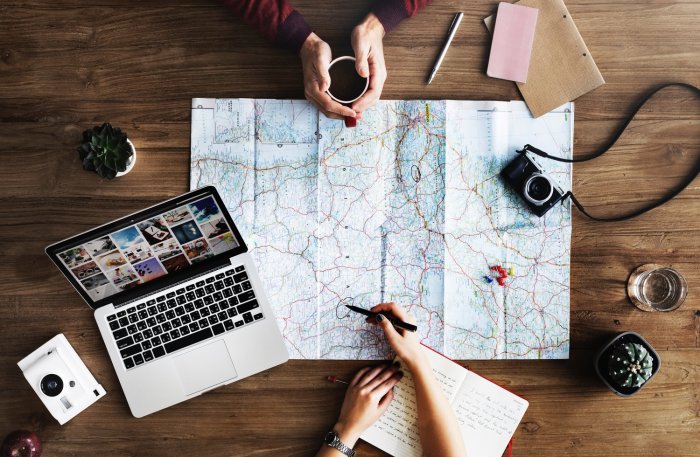Hacker airfare is the art of securing incredible flight deals, often using clever strategies and tools. This guide delves into the world of finding cheap flights, exploring the methods, ethics, and challenges involved.
From identifying the best travel platforms to understanding ethical considerations, we’ll equip you with the knowledge and techniques to become a master of bargain travel. We’ll explore the psychology of savvy travelers and analyze the intricacies of finding incredible deals. Discover how to leverage tools and strategies to get the best possible price for your next adventure.
Defining “Hacker Airfare”
The phrase “hacker airfare” evokes a sense of clandestine deals and unconventional methods in the realm of air travel. It suggests a pursuit of lower prices often through intricate strategies and sometimes questionable tactics. This term is likely to be encountered in discussions about travel, aviation, and potentially, financial markets. Understanding the various interpretations of “hacker airfare” is crucial for grasping the nuances of its usage.
Different Interpretations of Hacker Airfare
The term “hacker airfare” encompasses a spectrum of meanings, ranging from the literal to the metaphorical. It’s not simply about finding the cheapest flight; it often implies leveraging specific knowledge or strategies to bypass standard booking processes or market conditions to obtain unusually low fares. This can involve sophisticated methods, such as using bots or employing advanced algorithms to analyze and manipulate pricing data.
A broader interpretation extends to any technique that allows a user to secure a flight at a significantly lower cost than what is conventionally available.
Potential Meanings and Contexts
- Strategic Price Manipulation: This refers to the act of manipulating pricing algorithms or exploiting system vulnerabilities to secure extremely low fares. It’s crucial to recognize that these techniques can be both legitimate and illegitimate, depending on the methods used.
- Circumventing Restrictions: “Hacker airfare” can also describe techniques that circumvent standard travel restrictions or regulations, such as using proxies or virtual private networks (VPNs) to access specific pricing deals in different geographic regions. Such methods are often used to leverage price differences across markets.
- Exploiting Market Inefficiencies: This approach involves recognizing and leveraging inconsistencies in airline pricing structures or market fluctuations. This may involve sophisticated algorithms that identify anomalies in real-time and act accordingly.
- Creative Booking Strategies: This encompasses using unorthodox booking strategies to combine multiple flights or purchase different ticket classes at lower combined costs. This can include using third-party booking tools and services to assemble the most cost-effective itinerary.
Categorizing Hacker Airfare
The table below illustrates the different meanings and contexts surrounding the term “hacker airfare.”
| Meaning | Context | Example | Explanation |
|---|---|---|---|
| Strategic Price Manipulation | Airline pricing algorithms | Using a bot to rapidly book multiple flights at different times to exploit price fluctuations. | Sophisticated use of software to gain a better deal on airfare. |
| Circumventing Restrictions | Geographic pricing differences | Using a VPN to access a different airline’s website with lower fares for a specific region. | Exploiting variations in pricing across different markets. |
| Exploiting Market Inefficiencies | Real-time pricing changes | Identifying a price anomaly and using an algorithm to book a flight at a significantly discounted rate. | Recognizing and taking advantage of pricing discrepancies. |
| Creative Booking Strategies | Multi-segment travel | Combining multiple flights on different airlines to create a customized and potentially cheaper itinerary. | Combining different travel segments to minimize costs. |
Exploring the Concept of “Hacking” in Travel
The pursuit of affordable travel has evolved into a sophisticated game of strategy, often requiring a keen eye for detail and a resourceful approach. This “hacking” of airfare involves leveraging various techniques and tools to unearth hidden deals and optimize travel itineraries for maximum savings. Understanding these methods can empower travelers to navigate the complex landscape of airfare and unlock remarkable value.Travelers often face a complex matrix of pricing factors, from dynamic pricing models to fluctuating fuel costs.
Successfully “hacking” airfare involves understanding these variables and employing strategies to capitalize on favorable conditions. It’s not about circumventing rules, but about maximizing the available opportunities within the established systems.
Methods for Securing Cheap Flights
Uncovering hidden deals often involves a combination of meticulous research and proactive engagement. Passengers often utilize sophisticated search engines, explore alternative airports, and leverage flexible travel dates to secure the most competitive rates.
Strategies Employed by Travelers
Travelers employing “hacking” strategies often leverage advanced search tools, combining various factors such as departure and arrival airports, flexible dates, and specific airline preferences. They subscribe to mailing lists, utilize browser extensions, and follow industry news to stay informed about potential deals. Furthermore, they analyze historical pricing data and identify patterns to predict potential price drops.
Examples of Strategies for Finding Deals
Numerous strategies have proven effective in securing cheap flights. One popular technique involves using flight comparison websites that aggregate data from multiple airlines and travel agencies. Another method entails checking for promotional codes or deals offered directly by airlines or travel agencies. Finally, monitoring price fluctuations over time is crucial, enabling travelers to book when prices dip to their lowest.
Comparison of Various Methods
Various methods of securing cheap flights exhibit different strengths and weaknesses. While some methods are quicker and easier to implement, others may require more effort and meticulous planning. For example, using browser extensions can automatically track price changes, but relying on manual price comparisons might yield even better deals for highly flexible travelers.
Top 5 Resources for Finding Discounted Airfare
Finding reliable resources for discounted airfare is crucial for travelers looking to maximize their savings.
Recent trends in hacker airfare highlight the need for innovative solutions in budget-conscious travel. The increasing popularity of outdoor activities, particularly camping, is driving demand for effective lighting systems like the led tent lighting system. This demand will likely impact future hacker airfare deals as travelers seek to maximize their experience and minimize costs, leading to interesting price fluctuations in the coming months.
- Flight Comparison Websites: These platforms aggregate pricing data from numerous airlines and travel agencies, enabling comprehensive comparisons and identification of potential deals. Sites like Skyscanner, Google Flights, and Kayak are highly regarded for their extensive databases and user-friendly interfaces.
- Airline Websites: Direct booking through airline websites can sometimes yield lower prices than through third-party platforms. This is particularly true when utilizing promotional codes or early bird discounts.
- Travel Agencies: Specialized travel agencies can provide tailored travel recommendations and leverage their relationships with airlines to secure exclusive deals. Independent agents are often adept at finding hidden gems that large platforms might overlook.
- Social Media and Forums: Travel communities and social media groups often share insider tips, alerts for flash sales, and recommendations for affordable travel destinations. These resources are a great place to stay updated on current trends and deals.
- Email Newsletters: Many airlines and travel agencies send out newsletters with exclusive offers and promotional codes. Subscribing to these newsletters is a simple way to stay updated on the latest deals.
Identifying the Target Audience

Source: digitaloceanspaces.com
Understanding the motivations and characteristics of individuals seeking “hacker airfare” is crucial for businesses and platforms catering to this niche. This knowledge allows for targeted marketing strategies and the development of products and services that precisely meet the needs of this particular traveler segment. The pursuit of optimal value and efficient travel planning is a driving force behind this segment.The demographics and motivations of those actively pursuing “hacker airfare” present a fascinating interplay of factors.
These individuals aren’t simply looking for the cheapest flight; they’re seeking a strategic approach to travel that optimizes their budget while minimizing the perceived limitations of traditional booking methods. This approach demands a high level of digital literacy and a willingness to adapt to constantly evolving travel technologies.
Demographic Profiles
The target audience for “hacker airfare” encompasses a diverse range of individuals. Age is not a definitive barrier, as savvy travelers of all ages are drawn to the potential savings. A key characteristic is a demonstrated interest in cost-effective travel, often expressed through proactive research and a willingness to experiment with unconventional booking methods.
Navigating the complexities of hacker airfare often involves meticulous research, and understanding the local landscape is key. Exploring nearby trails, like those detailed in trails around me , can provide valuable insights into hidden cost savings, potentially leading to surprising airfare deals. Ultimately, a well-informed approach is crucial for securing the best hacker airfare deals.
Motivations for Seeking Cheap Flights, Hacker airfare
Several factors motivate individuals to pursue “hacker airfare.” The primary driver is often a desire to maximize travel value, balancing the need to experience destinations with financial constraints. This includes maximizing the travel experience with an optimal value. This frequently involves a deep understanding of flight patterns and airline strategies. Furthermore, a strong desire for spontaneity and flexibility is a common motivation.
This can be related to the flexibility and adaptability inherent in the travel process.
Characteristics of Savvy Travelers
Savvy travelers demonstrate specific characteristics that differentiate them from the average traveler. They are highly engaged in online research, using a range of tools and resources to identify potential deals. Flexibility is key, as they’re willing to adjust travel dates and destinations to capture the best possible fares. A high level of digital literacy is critical, as navigating complex travel websites and utilizing specialized tools are essential for success.
They are adept at identifying patterns in flight pricing and can adapt their strategies to capitalize on these trends.
Target Audience Profiles
| Demographic | Motivation | Characteristics |
|---|---|---|
| 25-45 year olds | Maximizing travel value within a budget; Seeking spontaneity and flexibility; | Highly engaged in online research; Willing to adjust travel dates and destinations; High level of digital literacy; Adaptable to changing travel strategies; |
| Students and young professionals | Budget-conscious travel; maximizing travel value for a given budget; | Proficient in using online tools and resources for flight searches; Flexible with travel dates; Open to unconventional booking methods; |
| Frequent travelers | Optimizing travel strategies and minimizing costs; | Deep understanding of flight patterns and airline strategies; Experienced in using various booking platforms; Proactive in seeking out deals and promotions; |
Examining Ethical Considerations
The pursuit of affordable travel often raises complex ethical questions. While the desire for accessible and cost-effective airfare is understandable, the methods employed to achieve these savings can present dilemmas regarding fairness, legality, and morality. This section delves into the ethical implications of “hacker airfare,” exploring potential conflicts and proposing a framework for navigating these issues.Obtaining discounted airfare, while seemingly beneficial, can raise significant ethical concerns.
The methods used to secure these deals can sometimes cross boundaries of fair use and access, potentially harming legitimate travelers or the airline industry itself. Understanding these ethical considerations is crucial for responsible travel and engagement in the digital economy.
Ethical Implications of Discounted Airfare
The pursuit of discounted airfare often involves intricate strategies and sometimes questionable tactics. This exploration of ethical implications examines the motivations behind these strategies, recognizing the potential for both positive and negative outcomes. For instance, strategies focusing on loopholes in airline policies can lead to significant savings for consumers, but these strategies could also disadvantage those who follow conventional booking procedures.
The fairness and equity within the travel ecosystem are crucial considerations.
Potential Issues Surrounding Fair Use and Access
Fair use and access in the context of airfare often come into conflict with the pursuit of “hacker airfare.” The practice of exploiting loopholes and utilizing advanced booking tools can sometimes result in limited availability for other travelers. This creates a dynamic where some travelers benefit disproportionately from their technical skills while others may face higher prices or limited options.
The need to strike a balance between maximizing savings and ensuring fair access for all travelers is paramount.
Legal and Moral Boundaries
Navigating the legal and moral boundaries surrounding “hacker airfare” requires careful consideration. Airlines have established terms of service and policies, and violating these conditions could lead to penalties or account restrictions. Furthermore, the ethical implications of circumventing these policies must be considered, as they can potentially harm the financial stability of the airline industry. The long-term implications of such actions must be assessed within the broader context of responsible digital practices.
Savvy travelers can leverage “hacker airfare” strategies to snag incredible deals on flights. These strategies, often involving dynamic pricing analysis and careful timing, can unlock substantial savings. Considering a weekend getaway? Explore the beautiful trails near you at places to go for a hike near me. But remember, these strategies also involve some research and planning to maximize your budget for a memorable trip.
Ultimately, understanding these techniques can make any travel budget stretch further.
Ethical Considerations Table
| Issue | Explanation | Example |
|---|---|---|
| Fair Use | Does the method of obtaining the discount infringe upon the rights of other travelers? Does it unfairly advantage certain users over others? | Using a bot to book flights immediately upon release, potentially preventing other users from securing the same deal. |
| Access | Does the method limit access to airfare for other travelers? Does it contribute to a two-tiered system of access to travel? | Employing complex algorithms to identify and exploit minute pricing discrepancies, potentially excluding those without the technical skills. |
| Legality | Are the methods used to obtain the discount legal and in accordance with airline policies? | Using unauthorized software to circumvent airline restrictions on booking or manipulating search algorithms. |
| Morality | Are the actions morally justifiable? Does the pursuit of a discount justify potentially harmful impacts on others? | Exploiting a vulnerability in a system to gain an advantage over other travelers. |
Illustrating Different Strategies

Source: npr.org
Unlocking the secrets to affordable air travel requires a multifaceted approach. Savvy travelers understand that securing the best deals often involves leveraging various strategies and tools. This section delves into specific techniques, providing actionable steps to help you navigate the complex world of flight pricing.The journey to securing cheap flights often involves more than just searching on a website.
Mastering the art of “hacker airfare” demands an understanding of how airlines and travel aggregators structure their pricing. This includes recognizing patterns, employing advanced search strategies, and being flexible with travel dates and destinations.
Price Comparison Websites
Price comparison websites act as central hubs for aggregating flight options from various airlines and travel agents. They offer a streamlined way to compare prices and identify the most competitive deals. These platforms usually allow users to filter search results by price, airline, layover duration, and other factors. Effective use of these websites hinges on understanding the filters and refining the search parameters.
Thorough research into these platforms will yield significant savings.
Advanced Search Techniques
Numerous airlines and travel platforms provide advanced search functionalities. These allow users to specify preferences, such as desired departure and arrival times, specific airports, or particular airline routes. Moreover, these tools allow filtering for specific cabin classes, allowing users to identify deals that cater to their preferences. This strategic approach can yield substantial cost savings.
Utilizing Travel Websites and Tools
A plethora of websites and tools cater to the needs of budget-conscious travelers. These tools can range from specialized flight aggregators to browser extensions that alert users to price drops. Some tools monitor real-time price fluctuations, alerting users when deals emerge. Furthermore, browser extensions can be instrumental in saving money on flights.
A Step-by-Step Guide to Finding Cheap Flights
- Identify your desired destination and travel dates.
- Utilize multiple price comparison websites to compare prices from various airlines and travel agents.
- Employ advanced search filters to refine your results and identify the most suitable options based on your criteria.
- Be flexible with your travel dates. Consider flying on weekdays or during less popular travel times.
- Explore alternative airports or nearby destinations. This can often yield lower fares.
- Use browser extensions or tools to monitor price fluctuations and receive alerts on potential deals.
User Experience
“I used a combination of price comparison tools and browser extensions to secure my flights. This proactive approach allowed me to capitalize on unexpected deals and save a considerable amount of money.”
Analyzing Travel Platforms

Source: kayak.com
Global travel platforms have become indispensable tools for modern travelers, offering a vast array of options for flights, accommodations, and tours. Understanding the intricacies of these platforms is key to securing the best deals and navigating the complexities of the travel industry. This analysis delves into the functionalities of popular travel websites, highlighting strategies for maximizing savings.
Popular Travel Websites
Numerous websites specialize in aggregating travel deals, providing users with a comprehensive overview of options. Key players include Expedia, Kayak, Google Flights, Skyscanner, and Booking.com, each with unique strengths and weaknesses. These platforms leverage advanced algorithms and partnerships to offer diverse flight options, encompassing various airlines and destinations.
Utilizing Travel Platforms for Deals
These platforms are powerful tools for uncovering hidden savings. Travelers can effectively leverage specific features and functionalities to find the most attractive deals. Advanced search filters, price alerts, and flexible dates are just some of the many ways these platforms can be used to locate affordable options.
Specific Features for Cheap Flights
Many platforms offer features that streamline the search for affordable flights. These features include: flexible dates and destinations, sorting options (price, time), and advanced filtering tools that cater to specific needs, such as direct flights or connecting options.
Utilizing Flight Aggregators
Flight aggregators, like Kayak and Skyscanner, play a crucial role in the search for optimal deals. They consolidate flight data from various airlines, allowing users to compare prices, routes, and schedules efficiently. These aggregators frequently update their data, ensuring real-time information for the most accurate comparison. The ability to filter by specific criteria, such as preferred airlines or airports, is another important function offered by flight aggregators.
Comparative Analysis of Travel Platforms
| Platform | Feature | Advantage |
|---|---|---|
| Expedia | Extensive inventory, diverse options | Wide selection of hotels, car rentals, and activities, facilitating comprehensive travel planning. |
| Kayak | Powerful search filters, price alerts | Excellent for comparing flight prices across multiple airlines, enabling users to find the best deals. |
| Google Flights | User-friendly interface, data integration | Offers intuitive navigation, seamlessly integrating with other Google services for a comprehensive travel experience. |
| Skyscanner | Global coverage, competitive pricing | Provides comprehensive coverage of flights worldwide, facilitating comparison across numerous airlines and routes. |
| Booking.com | Vast hotel selection, user reviews | Extensive hotel listings, enabling users to leverage user reviews and ratings for informed decision-making. |
Potential Challenges and Solutions
Navigating the complex landscape of airfare searches often presents significant hurdles. From unpredictable pricing fluctuations to the overwhelming volume of options, travelers frequently face challenges in securing the most favorable deals. Understanding these obstacles and developing effective strategies to overcome them is crucial for maximizing travel value.
Common Obstacles in Discount Flight Searches
The modern traveler faces a myriad of obstacles in their quest for discounted flights. Rigorous price comparison across multiple platforms is often required, a process that can be time-consuming and challenging, especially for individuals with limited time. Dynamic pricing models, frequently employed by airlines and travel agents, can make it difficult to predict and secure the most favorable fares.
Furthermore, hidden fees and surcharges, often not immediately apparent during initial searches, can significantly impact the overall cost of a trip.
Solutions to Obstacles in Discount Flight Searches
Overcoming these challenges necessitates a proactive and informed approach. Utilizing specialized flight comparison tools, which aggregate data from multiple sources, can streamline the search process. Leveraging browser extensions and price tracking services allows travelers to monitor fares in real-time, enabling them to react swiftly to favorable price drops. Careful consideration of flexible travel dates and destinations can often yield substantial savings, allowing for the exploration of alternative itineraries that may offer significantly lower costs.
While the allure of “hacker airfare” might seem enticing, the reality of securing such deals often involves navigating complex algorithms and dynamic pricing models. Exploring the world of travel, from budget-friendly options to luxury experiences, often involves a careful consideration of value propositions. Travel strategies, whether leveraging specific tools or simply researching deals, can significantly impact the final price of airfare, ultimately affecting the cost of those sought-after “hacker” deals.
Importance of Flexibility in Travel Dates and Destinations
Flexibility in travel dates and destinations is a cornerstone of successful “hacker airfare” strategies. Adjusting travel dates by a day or two can often result in substantial savings. Exploring alternative airports or destinations in close proximity to the desired location can also yield significant cost reductions. This approach requires a willingness to compromise on specific dates or locations, but often leads to more favorable prices.
For instance, flying on a Tuesday or Wednesday instead of a Friday or Sunday often leads to lower fares.
Advice on Booking in Advance
Booking in advance can provide significant benefits, enabling travelers to capitalize on early bird discounts and secure better deals. However, this approach requires a degree of foresight and planning, as travel dates and destinations must be predetermined. Moreover, unexpected travel opportunities may be missed. Ultimately, a balance between booking in advance and remaining flexible is crucial. In certain circumstances, last-minute deals may present even more compelling opportunities, requiring vigilance and real-time monitoring.
Table of Common Problems and Solutions
| Problem | Solution | Example |
|---|---|---|
| Time-consuming and overwhelming flight search process | Utilize specialized flight comparison tools and browser extensions. | Use Skyscanner or Google Flights to compare prices from various airlines. |
| Unpredictable pricing fluctuations | Monitor fares in real-time using price tracking services. | Set up price alerts for desired routes on flight comparison websites. |
| Hidden fees and surcharges | Carefully review all terms and conditions before booking. | Check for baggage fees, seat selection costs, and other hidden charges. |
| Inflexibility in travel dates and destinations | Embrace flexibility in travel dates and destinations. | Consider flying on a Tuesday or Wednesday instead of a weekend. |
| Missing out on unexpected travel opportunities | Balance booking in advance with remaining flexible. | Set up price alerts for potential destinations or dates, and be prepared to adjust plans. |
Final Summary
In conclusion, mastering hacker airfare involves a blend of strategic thinking, leveraging various resources, and understanding the intricacies of travel platforms. While securing cheap flights can be exciting, it’s crucial to approach the process ethically and legally. This guide has provided a comprehensive overview, enabling you to embark on your next journey with confidence and potentially significant savings.
Helpful Answers
What are some common obstacles in finding discounted flights?
Common obstacles include inflexible travel dates, limited flight options to specific destinations, and high competition for deals. Often, the best deals require flexibility in dates and destinations.
What are some ethical considerations when pursuing cheap airfare?
Ethical considerations include ensuring fair use of travel resources and avoiding practices that could harm others or the travel industry. Be mindful of terms and conditions and respect the rights of others.
How can I compare prices from different travel platforms effectively?
Using flight aggregators and comparison tools allows you to quickly see prices across multiple platforms, saving time and effort. Read reviews and compare features to find the best option for your needs.
What are the best resources for finding discounted airfare?
Popular flight aggregators, price comparison websites, and travel subscription services are excellent starting points. Checking airline websites directly can also reveal hidden deals.


